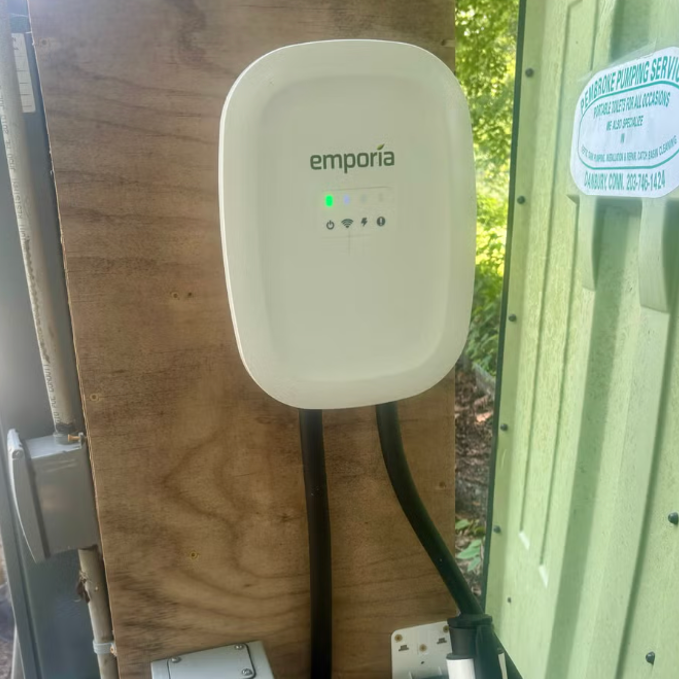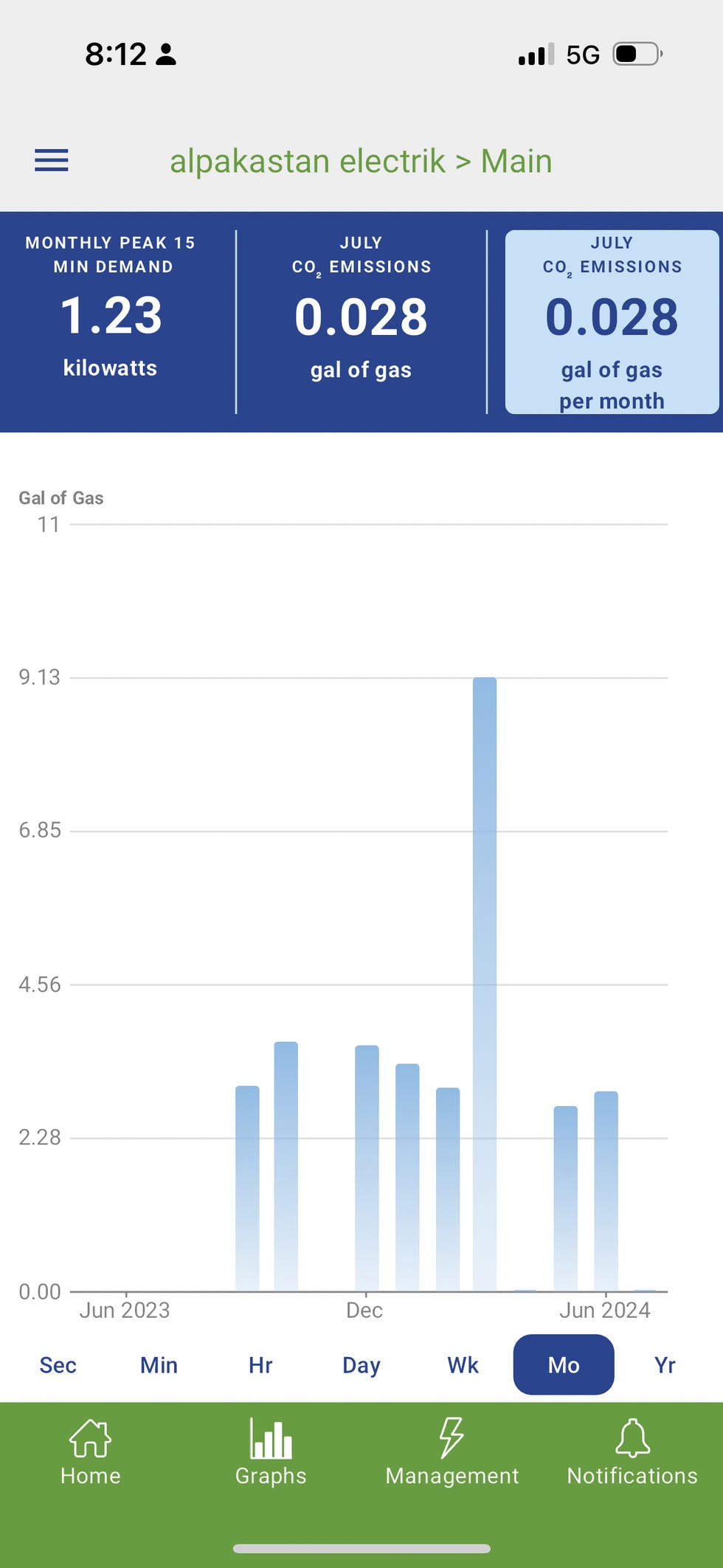6 Best Home EV Chargers of 2024
Original Post Date: July 20, 2024
Source: Good Housekeeping
Read the full article here
To make the most of your plug-in hybrid or electric vehicle, it's worth installing a high-voltage EV charger at home.

Tesla’s car sales have slipped this year, but the electric vehicle market as a whole is speeding up. EV sales in the U.S. jumped 11.3% year-over-year in the second quarter of 2024, hitting a record-high volume of 330,463 vehicles, according to a report from Cox Automotive. At the same time, there’s a growing demand for EV home chargers. A recent survey by ChargeLab, the software behind North America's EV charging infrastructure, found that 86% of EV drivers now have access to a home charger.
EV home chargers offer a convenient, fast and cost-effective way to juice up your electric vehicle. But which device is right for you?
In collaboration with our expert colleagues at Car and Driver — the world's largest automotive enthusiast publication and authoritative independent testers of numerous cars, automotive accessories and car care products — the Good Housekeeping Institute conducted thorough evaluations to determine the best EV home chargers. Our analysts and engineers also continually gain hands-on experience with new EV chargers as they enter the market, conducting long-term testing in our own homes to provide valuable extended-use feedback.
Here are our favorite home EV chargers that are on the market today.

This Wi-Fi connected charger is controlled via the Emporia Energy smartphone app, where you can also manage the brand’s other electricity-monitoring devices, including smart outlets and a whole-home system that tracks every circuit in your fuse panel. Boasting an average 4.7-star rating on Amazon based on over 1,800 reviews, the charger is a great option for budget shoppers.
The device, which is UL- and Energy Star-certified, can charge up to 40 amps when plugged into an outlet. When hardwired, it delivers an even more impressive output of 48 amps — up to nine times faster than a standard wall outlet, according to the brand. Another selling point: This equipment provides load management, meaning it constantly monitors your house's overall output and will automatically lower the draw of the charger if necessary so that it never exceeds your house's capacity.
According to one of our home testers who evaluated the device for over six months, “Installation was really easy and so far it's worked great for myself and houseguests who have visited us and needed to charge.” She added: “We liked it so much that we bought a second one for another property we own and also suggested that a family member buy it for their home.”
The app, however, has its plusses and minuses. On the positive side, it displays detailed electricity pricing using your home’s utility plan and our home tester said it’s easy to use. The downside: It lacks a couple of nice-to-have features, such as using a specific vehicle to estimate the miles or battery percentage gained.
Also, our partners at Car and Driver said that the app may seem overly complex if you’re only using it to monitor and control the EV charger and not other Emporia devices.

 GOOD HOUSEKEEPING INSTITUTE
GOOD HOUSEKEEPING INSTITUTE
When hardwired, the Emporia EV charger delivers an impressive output of 48 amps.

The Emporia Energy app displays detailed electricity pricing using your home’s utility plan.

The Grizzl-E Classic stands out as our top value pick for several compelling reasons. First and foremost, it's one of the least expensive options on the market, coming in at under $400. What's also noteworthy is that it has undergone testing and approval by Underwriters Laboratories (UL), an organization that ensures products adhere to common safety standards and pose no hazards when utilized. (Many cheaper chargers on the market lack UL approval.)
Despite its competitive price, this charger features a rugged aluminum construction, making it sturdier and less prone to fading or wearing compared to chargers utilizing plastic materials — a boon if you plan on frequently moving it around or utilizing it outdoors. It can also be wall-mounted for added convenience.
We also like its nearly 24-foot-long cord, which provides exceptional flexibility in terms of reach. This is especially useful if you're using an existing 240-volt power outlet or have it hardwired into your electrical box (another available option) and need to charge vehicles parked in various locations in your garage or driveway. Additionally, the thin design of the cord makes it easier to coil up and store when not in use.
Lastly, the Grizzl-E Classic has a maximum rating of 40 amps, allowing for faster charging speeds (if your home can deliver that level of power). It can be pre-set to accommodate 16, 24, 32 or 40 amps, depending on your requirements.
While this charger lacks an extensive suite of Wi-Fi-enabled features, this shouldn't be a major drawback for most users. Many EVs offer the ability to set charging times and maximum levels directly through their in-car infotainment systems to enable cost savings and enhance battery life. Additionally, the wealth of information provided by most Wi-Fi-enabled apps tends to be excessive for your standard EV user. Just as we don't meticulously monitor the electricity consumed by our appliances like dryers or fridges, there's little need to obsess over our cars' charging process. Simply set it and forget it, we say.


Smaller, sleeker and lighter compared to other chargers, the design of Tesla's wall-mounted charger is complemented by its user-friendly nature. With an available 48 amp output, this relatively affordable, UL-certified device also offers one of the fastest recharge rates on the market based on our research.
The Wall Connector's 24-foot-long cord is slim, making it easy to maneuver, and it still matches the output capacity of thicker cables. But bear in mind that unlike other options this charger must be hardwired into your home's electrical system; it cannot simply be plugged into a 240-volt outlet.
According to one of our home testers, the Tesla app is very user friendly. “It’s easy to see how fast my car is charging and how long until the charge is full, and I like that I can set maximum charge limits from the app,” he said. Another attractive feature: The app allows you to schedule when to begin charging — a positive if you want to wait until off-peak hours, such as overnight.
Owning a Tesla is not a requirement to purchase or utilize this branded charger. However, if you don't own a Tesla, you will need to purchase an adapter to ensure compatibility with your EV's J1772 plug (which is shared by all other electric vehicles except for Teslas).

Best Lectron Products for Multi-Network Charging
Trusted by 1M+ drivers; featured in









